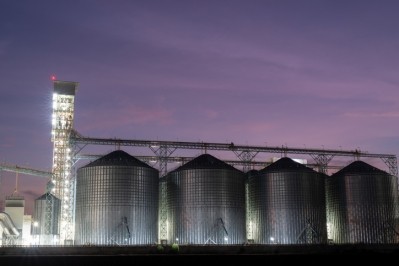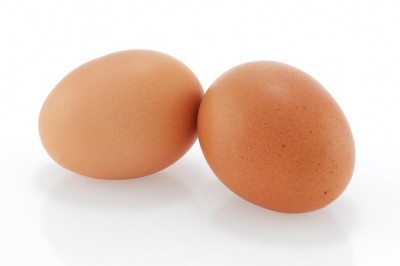Lowering the footprint of feed: Suppliers to the ready

Alltech has announced that its E-CO2 business has developed the Feeds EA model to help feed manufacturers and producers measure and lower the carbon footprint of their feed.
Feeds EA gauges the environmental impact of feed production at the feed mill level by assessing the impact of existing compounds or blends. This is determined by calculating greenhouse gas emissions from production, cultivation, processing, energy utilization and transportation in the manufacturing of the feed, said the animal health and nutrition company.
The model has been designed to calculate emissions from a database of more than 300 ingredients, including raw materials, soy products, byproducts and additives.
Feed has the potential to influence up to 80% of a farm’s carbon footprint, considering the direct emissions from production, as well as the transportation of feed and indirect emissions that arise from the impact of that feed on the animal. However, the true impact depends on the species and the system of production, according to Alltech.
The Feeds EA model provides an opportunity to optimize a ration by demonstrating how formulation changes could reduce the carbon footprint of the feed. Some ingredients carry a higher carbon weight than others, so the substitution or replacement of specific ingredients with more sustainable options can have a major impact, it added.
Alltech outlined how, for feed manufacturers or producers using Feeds EA, a summary report is provided with the calculation of the feeds’ carbon footprint, allowing for a comparison of different compounds or blends. “The report includes the number of ingredients involved in the feed, their inclusion percentage in the feed, their carbon footprint percentage and the percentage of kilograms of CO2e per ton, which is derived from the disaggregated feed emissions of the different sourced categories.”
AB Vista launches carbon footprint reporting tool
Meanwhile, feed additives producer, AB Vista, is also looking to provide feed companies a routine management tool to monitor the environmental impact of day-to-day decisions at their production sites.
It has partnered with its sister company, Intellync, to also offer a new emissions reporting service focused on supporting agricultural companies’ sustainability program, enabling them to identify areas within the feed production process that have a high emissions rate and then providing tailored strategies to reduce this environmental impact.
The food and agriculture sectors are responsible for up to 30% of global driven greenhouse gas emissions, and meat and dairy consumption is particularly in the spotlight due to these environmental concerns, stressed Paul Steen, AB Vista’s head of services, in a release.
“Our emissions reporting service is quick, simple and provides nutritionists with the tools to accurately measure outputs. The data we have shows that small changes in the animal’s diet can have big impacts on emissions without affecting its performance. It is important that animal nutritionists are aware of this and have the confidence to test new approaches,” he added.
The service uses internationally recognised data associated with feed materials and also conforms to PAS2050 standards, said the UK headquartered company.








